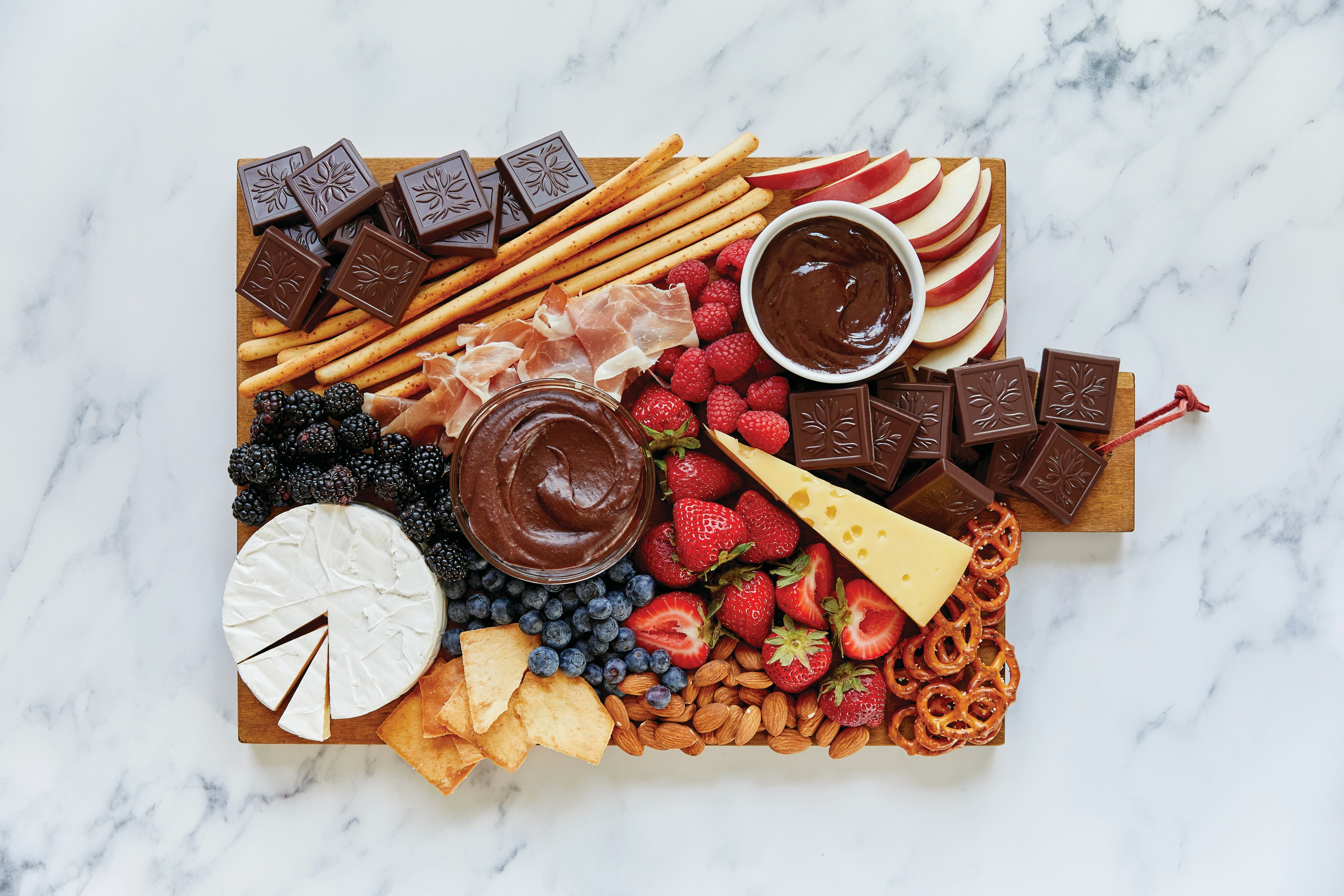Unveiling the Charms of Acai: Brazil's Exotic Superfood
**Acai** has gradually emerged as a global culinary trend, but few are familiar with its deep roots in the Brazilian culture and cuisine. Let's dive into the world of this exotic superfood, exploring its rich history, unique taste, and remarkable health benefits.

The Birthplace of Acai
Acai (pronounced ah-sigh-EE) is a small, dark purple berry native to the rainforests of Central and South America, particularly Brazil. Indigenous tribes have utilized this nutritional powerhouse for centuries, appreciating it for its energy-boosting properties and distinctive flavor.
Acai’s Distinctive Flavor Profile
The acai berry carries a unique flavor profile that is often described as a cross between wild berries and chocolate. Its rich, velvety taste makes it a versatile ingredient, finding its way into smoothie bowls, juices, ice creams, and even savory dishes.
Acai’s Nutritional Value and Health Benefits
Acai berries are packed with antioxidants, fiber, heart-healthy fats, and essential vitamins and minerals. They have been linked to numerous health benefits, including improved heart health, digestion, and skin health. They are also known for their potential anti-cancer properties.
The Rise of Acai in Global Cuisine
Acai has transcended its Amazonian origin to become a global culinary trend. It’s a favorite among health enthusiasts and foodies alike. The most popular iteration is the acai bowl, which combines acai berries, granola, and various fruits into a nutritious, Instagram-worthy breakfast.
Acai in Brazilian Cuisine
In Brazil, acai has a far deeper culinary significance. It is often consumed as a savory dish, paired with fried fish and tapioca. This traditional usage of acai offers a fascinating contrast to its sweet, health-focused interpretations elsewhere.
Some Acai Facts and Tips:
-
Acai berries are highly perishable, which is why they are usually sold as a frozen puree, dried, or in juice form outside of their native regions.
-
To choose a good quality acai product, look for ones that list acai as the first ingredient and have no added sugars.
-
When making an acai bowl, balance the sweetness of the acai with tart fruits like kiwi and pineapple for a refreshing twist.
In conclusion, acai is much more than a health food trend. Its rich history, unique flavor profile, and versatile culinary applications make it a fascinating subject in the realm of gastronomy. By understanding and appreciating the cultural and nutritional significance of acai, we can truly savor this exotic superfood in a whole new light.




